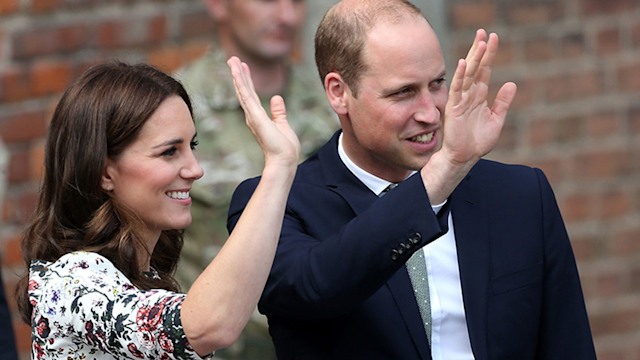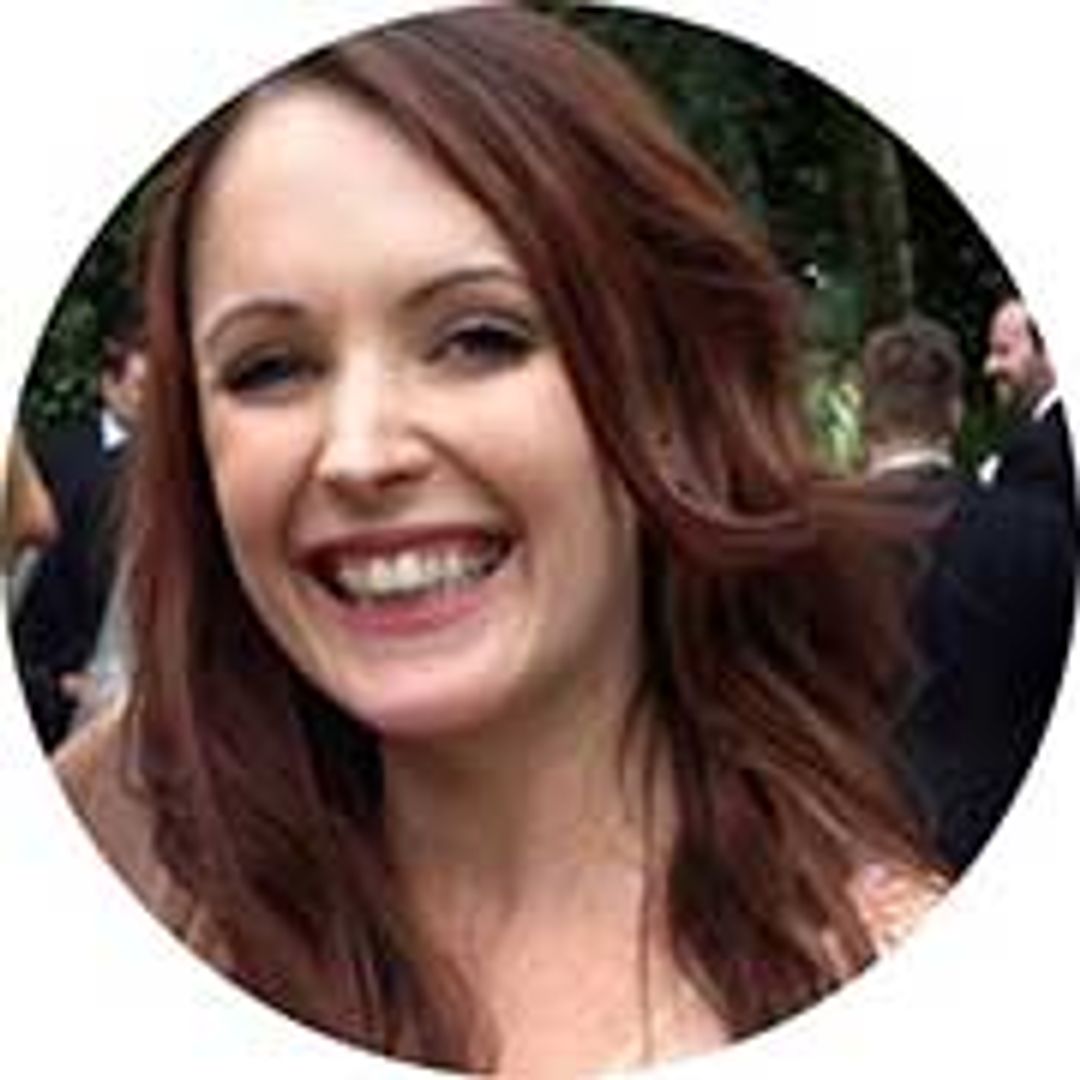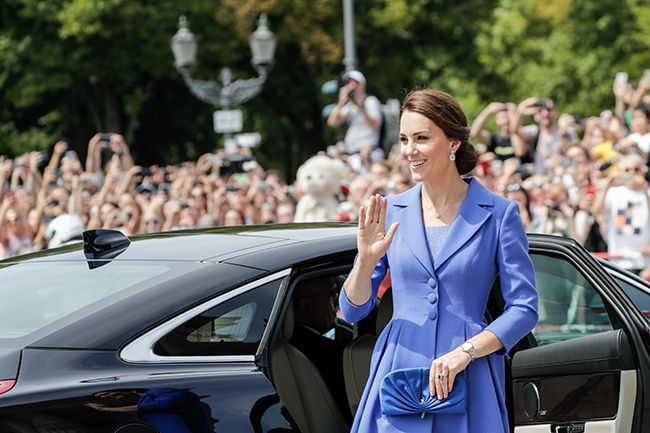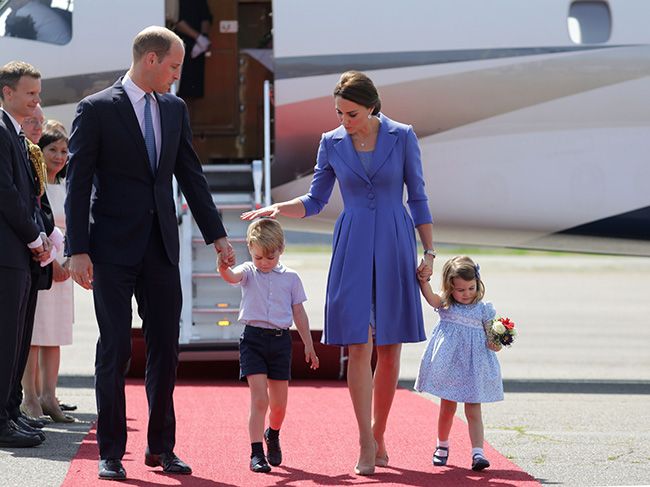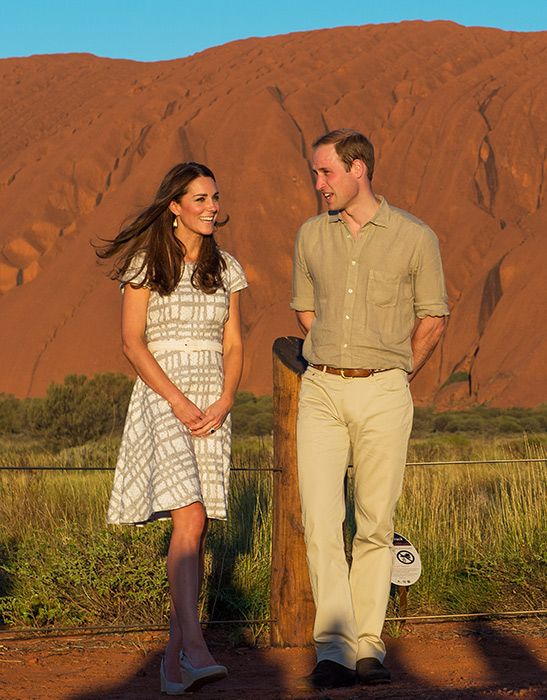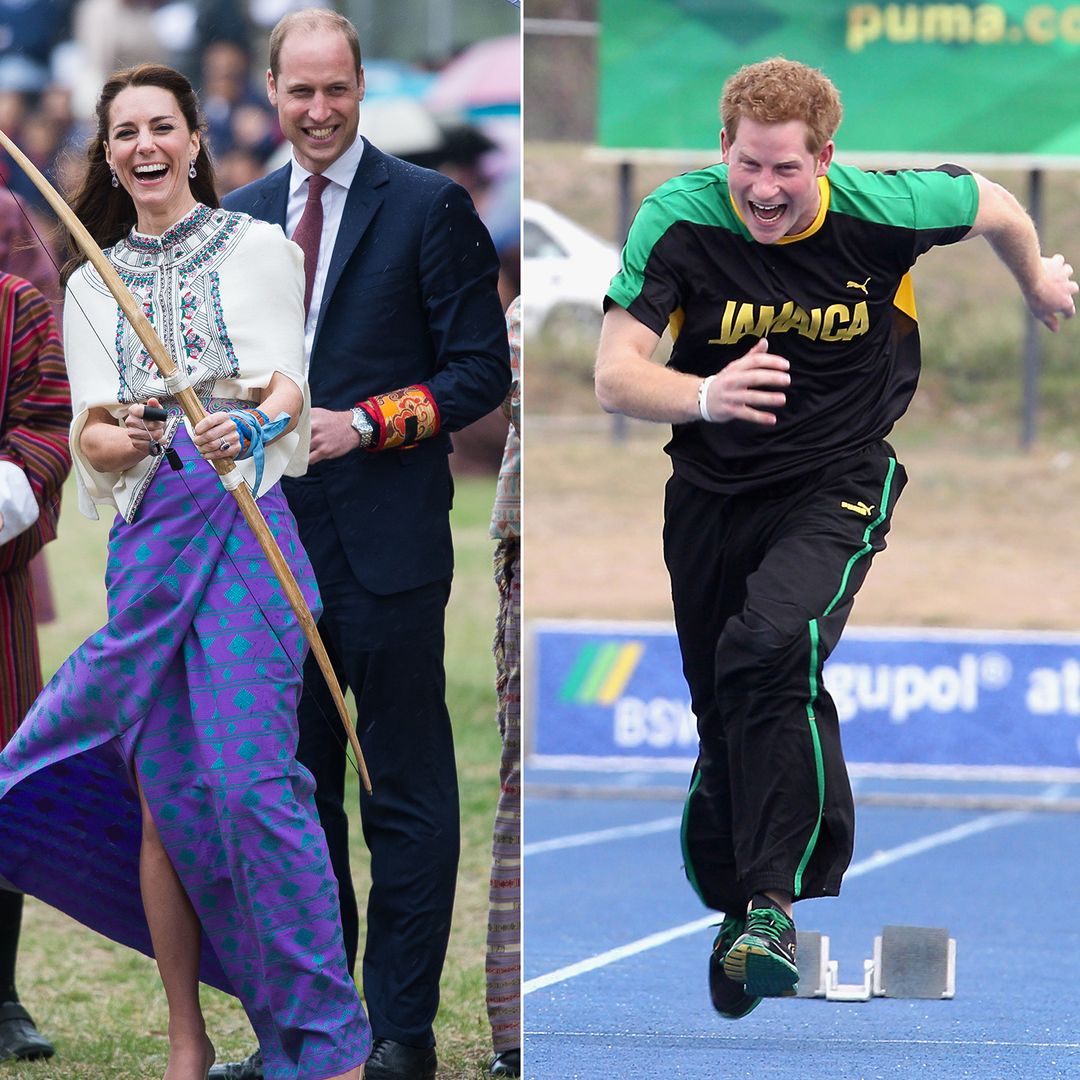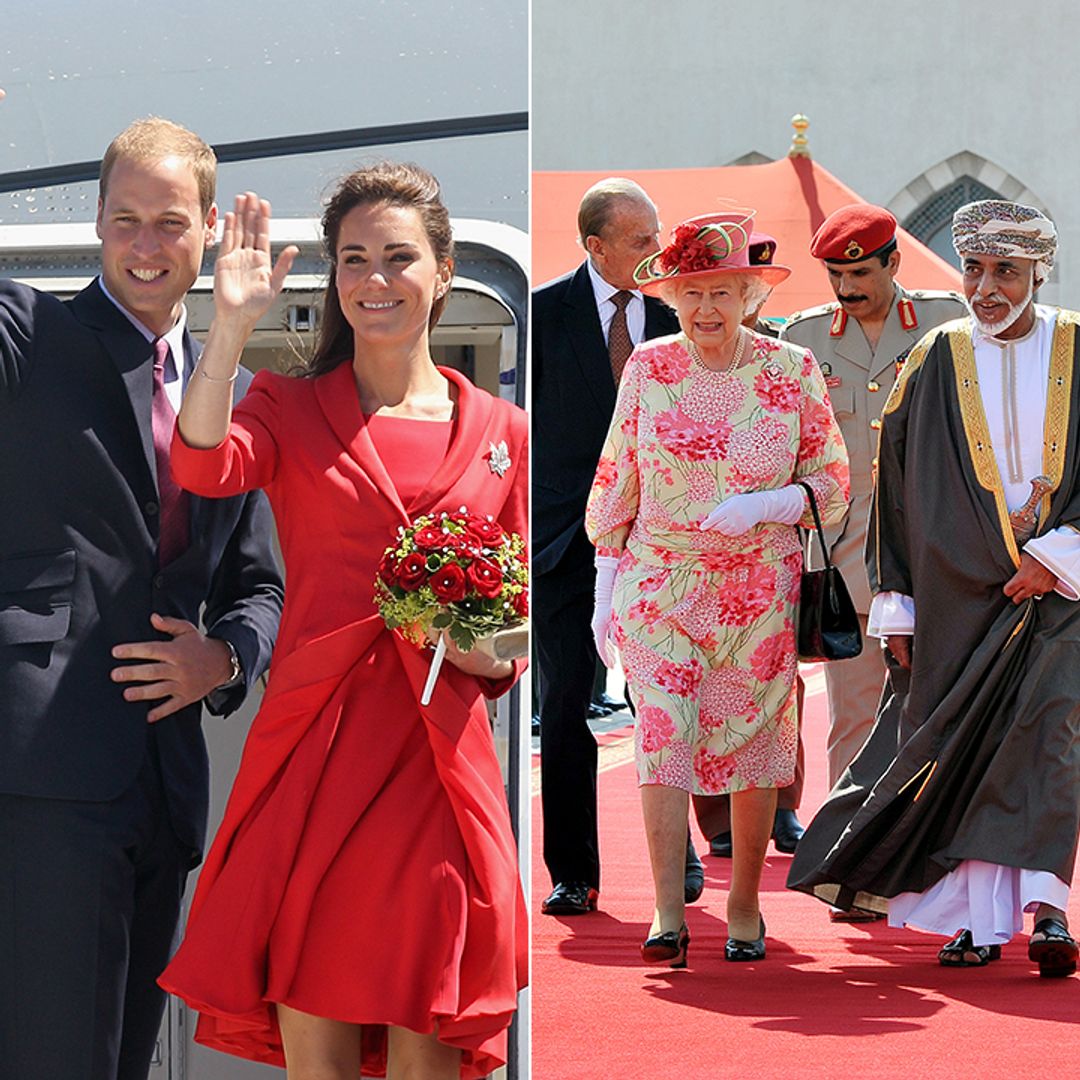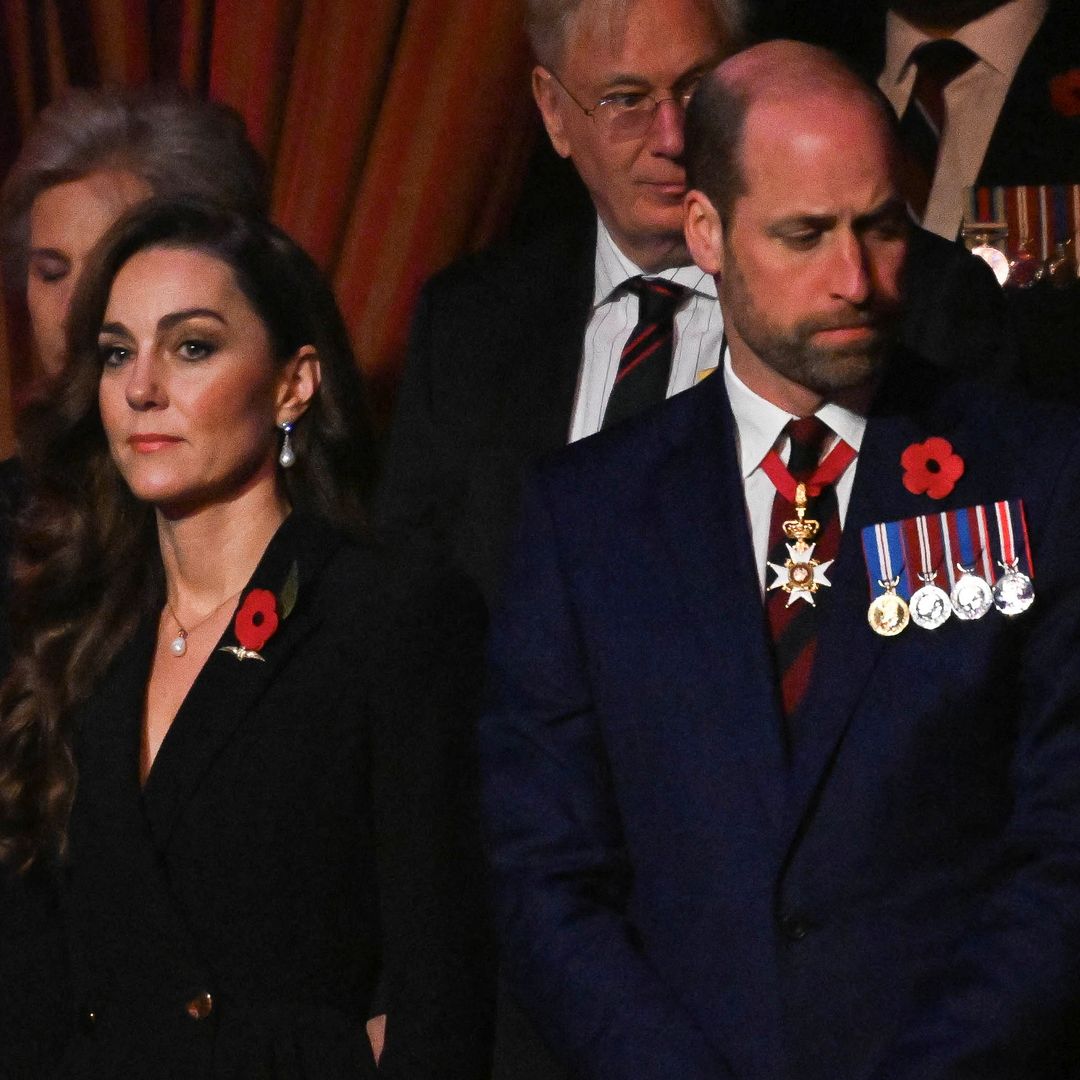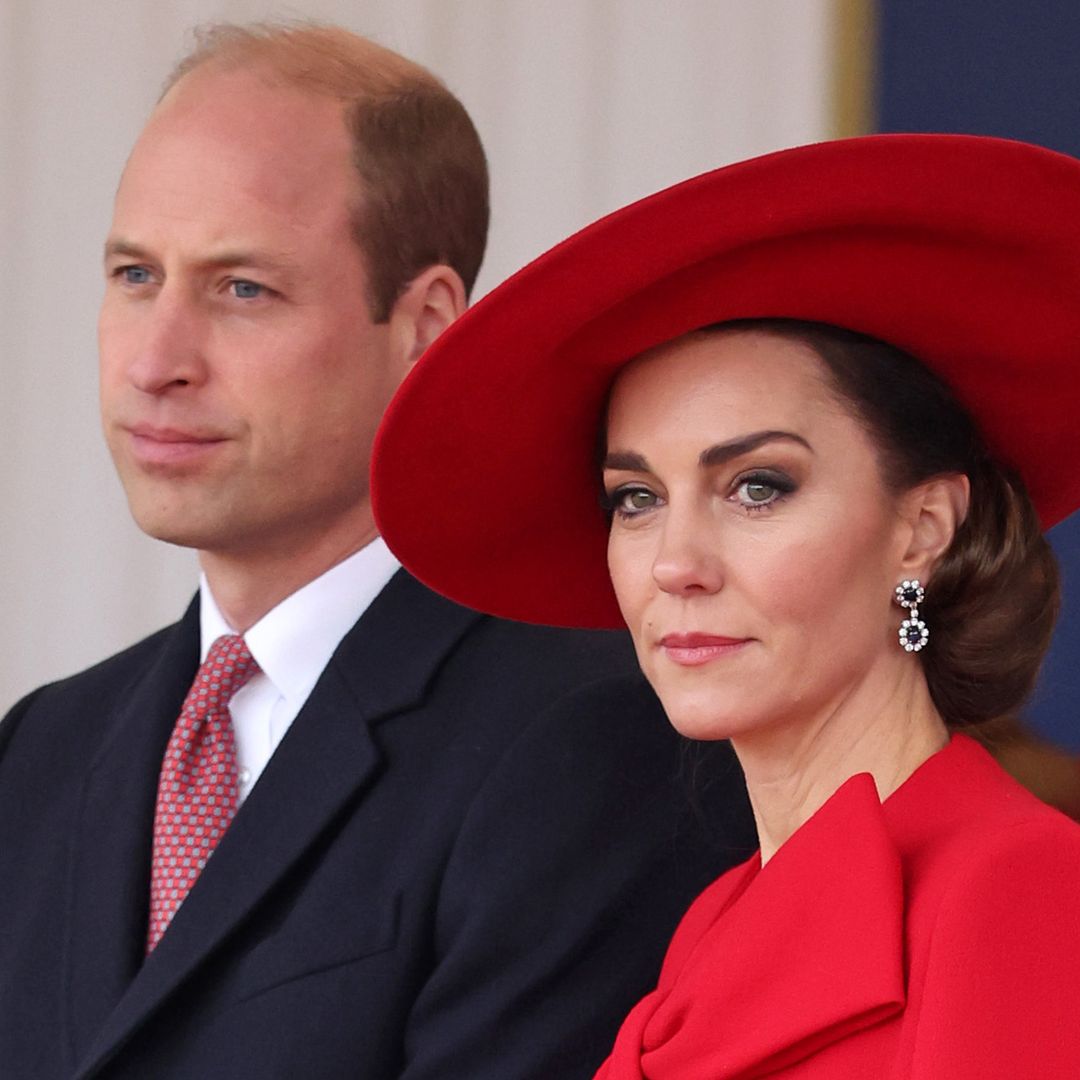The huge crowds that turned out to see Prince William and Kate during their stay in Poland this week is a testament to the enduring popularity of royal tours. And while on the surface, these visits appear smooth and effortless, their success is not down to chance – tours are plotted and planned for up to a year beforehand to ensure everything goes without a hitch. Royal tours are either instigated by the UK government or an invitation from a host country, and an itinerary is then put together based on areas the host government would like to draw attention to, as well as incorporating some of the visiting royals' personal interests.
Prince William and Duchess Kate have been warmly welcomed in both Poland and Germany
Once the itinerary has been agreed, a team of backroom staff will get to work, flying out to the destination to finalise the finer details – from camera angles and dress codes, to the placement of the royal cavalcade and any cultural requirements. All of that information is then collated into a half-inch-thick tour 'Bible', which also contains timings, the names of everyone the royal party will meet, and venue sketches and plans. A team of Royal Protection Service officers – a special branch of London's Met – will also visit the destination to consider all security matters and liaise with local counterparts.
STORY: Why William and Kate have been given extra security on their royal tour
The couple are travelling with their two young children, Prince George and Princess Charlotte
The royals, meanwhile, are then taken through the itinerary so they can fully understand every engagement. Wardrobe is an important aspect. In some countries, hemlines, sleeves and necklines must be considered, while other practical considerations include temperature and terrain. Significant pieces of jewellery and symbolic colours must also be decided upon.
STORY: Sleepy Prince George all worn out as Cambridges begin leg two of royal tour
It is usual for the host country to cover the majority of costs for a royal tour; it’s thought that the resulting publicity will showcase their country as a tourist destination, and provide additional publicity. Photographs are therefore incredibly important, with consideration given to camera angles and the overall look of the pictures. Take, for example, Duchess Kate's appearance with Prince William at Uluru in 2014 – she intentionally wore in a white dress to frame her against the red rock and make for the perfect picture. On her arrival in Wellington, when she wore a bright red outfit to lend a pop of colour against the light grey aircraft.
Kate wore a white dress to frame herself against Ayers Rock during the 2014 tour of Australia
STORY: Prince William and Kate's luxurious £5,000 royal tour luggage revealed
Of course, the royals travel with a large team to help ensure the tour itself runs smoothly. During last year's visit to Canada with their children, William and Kate travelled with a party of 12 people, including private secretaries Miguel Head and Rebecca Priestley, tour secretary Kate Mager, an operations manager, who helped with logistics including loading luggage, and press secretary Jason Knauf, who liaised with the hundreds of members of press.
